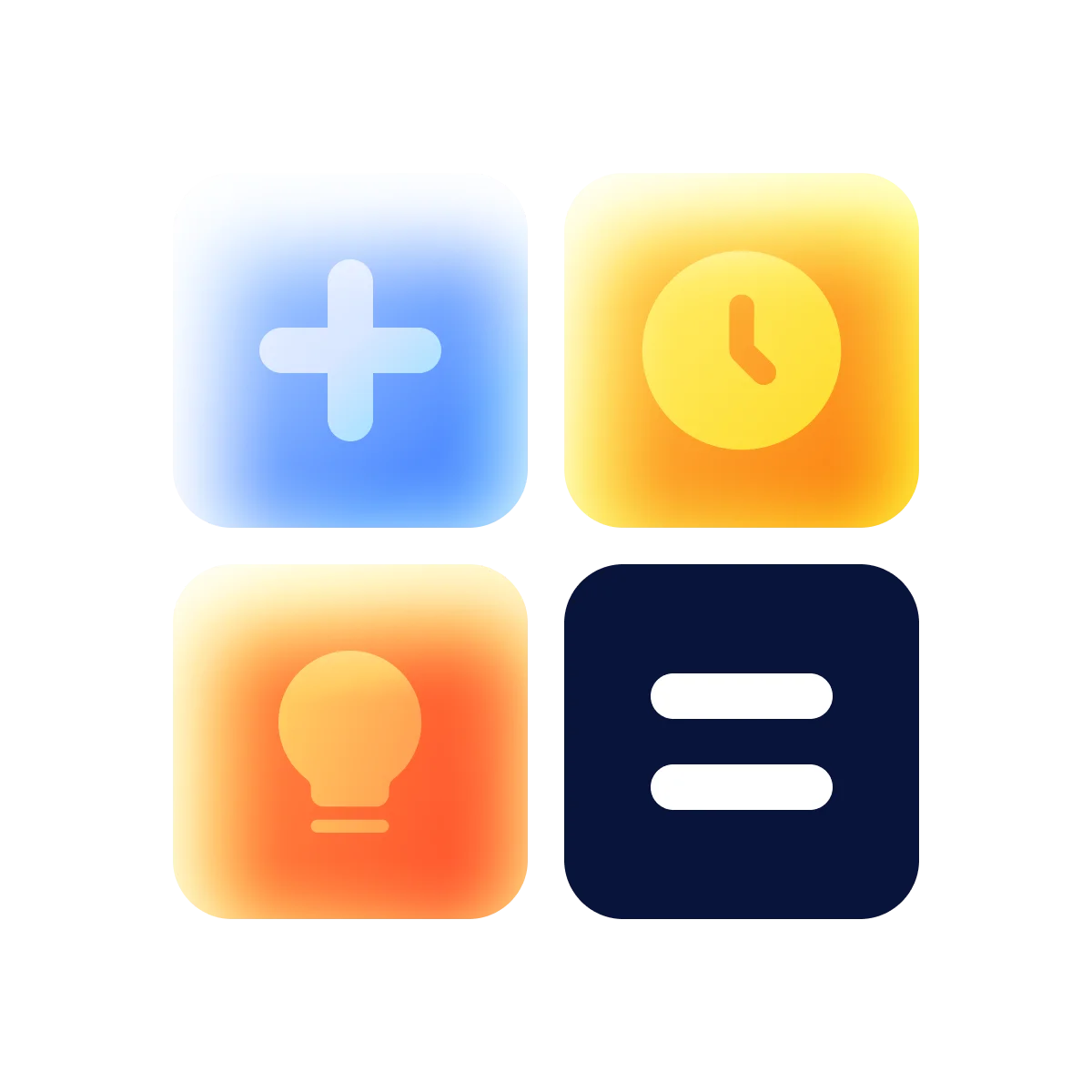No one would object that the software development industry has nothing but a bright future in the precarious world we live in. Each day the need for new specialists, products, updates, and digital solutions grows. However, the ways to engage the former and create the latter differ.
Today software development can be produced in numerous ways. Not every company has an in-house team: outsourcing or outstaffing are no less popular. Moreover, several contract types manage the relationships between client and vendor – an engagement model. To launch innovative and user-friendly products cost-effectively and on time, one needs to choose the best fit their business needs.
So why are engagement models so important? In his article, we will unravel all the threads that make the topic of engagement models so complex. Imagine you’re building a house. You can do everything by yourself (imagine how much time and effort it takes), hire a contractor with a turnkey approach, or find a brigade ready to work under your direct control. Each option has its pros and cons.
The same goes for engagement models in the IT industry. Read this article to get a sound understanding of what an engagement model is. We’ll offer you the tools to critically assess different engagement models and explain business goals that align with each type. Moreover, Halo Lab experts will help you out on your journey of choosing the best for you project engagement model that will ensure transparency, efficiency, and an excellent value for money.
So, let’s dot the i’s about engagement models.

What is an Engagement Model?
In software development, an engagement model serves a similar function to a business plan. Your choice will define the flexibility of the workflow, power relationship, and accountability in the project, budget, and timeframe. Yet, unlike business plans, an engagement model is a legally binding contract. You initially define all the roles, tasks, and risks. Think of it as a prenup agreement – it largely sets the path to the success of your marriage.
Ok, let’s look at what an engagement model should do. Feel free to use it as a checklist while choosing your software development partner.
- Determine the relationship between parties through the duration of the contract
- Assign roles and tasks for specialists involved
- Clearly define payment and timelines
- Stipulate limits and possibilities of flexibility in workflow, tasks, budget
- Enable a transparent relationship between vendor and client.
So, the goals are clear. Let’s move to the hands-on stuff: engagement model types. Think again of a marriage: today, options are no less versatile than in the IT world.
What are the main types of Engagement Models?
One can list numerous business engagement models depending on your company’s main focus. The choice of the IT engagement models largely defines your product and the workflow. Moreover, the right one can open a vast potential in predicting possible development predicaments and risk management.
To make a sound and well-thought decision, let’s scrutinize the available types of engagement models.
Relationship-Based Business Engagement Models
The name of Relationship-Based Business engagement models in IT industry is pretty self-explanatory. This type is based on client/vendor communication. The flow may differ, yet transparency is crucial. Should you write emails or sync in messengers – it doesn’t matter as long as all the parties are on the same page. This way, your arrangement will work.
Three types of models define the relationship between the client and vendor:
- Outstaffing
- Dedicated Team
- Technical Model
We suggest that you have a general idea of what these models imply. Yet, let's take a closer look at their benefits and disadvantages. Ready?

Outstaffing Model
The outstaffing model is used to advance an already complete in-house team. In this case, an outsourcing agency hires specialists who become part of your development team. It would be quite right to state that everyone becomes an equal part of the big family. Although you manage outstaffed candidates, you do not employ them.
When is this model the best choice?
- When an in-house team needs more time to cope with project tasks
- The project needs a niche specialist who is not part of the in-house team
- Clients get full control over developers: absolute authority. Mwahaha!
Naturally, there are some drawbacks:
- Employees are often hired remotely. It can cause communication issues like time zone differences and different working cultures.
- Power is rather a responsibility than privilege: more control means more responsibilities. That is, recruitment and onboarding, as well as people management and HR matters in general, will be on your side. Think twice whether you have enough resources for such commitments.
Dedicated Team Model
A dedicated software development team is the best way to cut costs. Communication and workload here are more straightforward: the tasks are transferred to a third party. In this model, a project manager guarantees success: they orchestrate designers and developers.
So, what makes this model cool?
- One can save time and money on communication by having definite roles and responsibilities. Basically, you know exactly what you’re paying for.
- It is easier to identify issues within the project since the team workflow and management are clear – any problems arising can be localized quickly.
When might the model not work?
- A lot of responsibility is in the vendor's hands. It can be both an advantage and disadvantage, but you must accept the possible lack of control. Thus, this model works best if one has concrete project requirements before starting a project.
- Communication barriers can occur in cross-cultural teams. An attentive project manager can solve this issue.

Technical Partner
In the Technical Partner version of the engagement models in software development, the vendor has the highest level of involvement. The vendor is actively engaged in every project stage, performing as a CTO. Naturally, this immersive partnership requires open communications: roles and responsibilities are quite entangled.
What’s good about the IT business partner engagement model?
- Technical Partner offers a niche, professional expertise both on the development and business management side. Your project is their project. Thus, tech partners are more involved, and they really focus on the result.
What factors should you be mindful of?
- Company culture fit is important. It is not just outsourcing – so be aware of potential pitfalls caused by different work ethics
- One should accept and communicate that the client’s weight is shifted: decision-making is a shared responsibility.

Type-of-Contract Business Engagement Models
Now, when we are all set with managing relationships, let’s move to the topic of equal importance: money. We will look at different models that offer various ways of managing resources in your project:
- Fixed Price
- Time and material (Hourly and Monthly).
Money may be the root of all evil, but it is also crucial to steer your business plans. So, turn your inner Scrooge McDuck on!
Fixed Price Model
This model sets the stone budget, goals, tasks, and requirements at the beginning of the project. A fixed bid model calls for a rigorous initial phase: all requirements must be clearly defined from the beginning.
What business goals are suitable for this model? Well, definitely not startups and projects without a well-thought-out requirement gathering stage. One fixed price IT engagement model example is small- and medium-sized projects with clear goals.
When is this model beneficial?
- Fixed price is perfect for a project with a clear goal and strict schedule.
When might this arrangement not work?
- The developer is responsible for all the risks. Thus, they expand their budget to take all risks into account. At the end of the day, this can be more expensive for the client.
- One cannot change requirements, which is a major drawback for startups.
Time and Material Model
When your project requires more flexibility and a fixed price is not your choice, you go for the Time and Material Model type of the software engagement models.
It is hard to find projects that carry on with the initial requirements until the end. Goals, requirements, schedule, people, resources — it is all subject to change. Time and Material model allows this room for flexibility. Let’s compare two time and resources management models: hourly and monthly.
- Hourly Pay model is centered, pardon our obviousness, around hourly pay. This model is perfect for projects with an irregular workflow. What are the pros?
- One of the biggest advantages is flexibility: projects are easy to pause if the workload is not intense or priorities shift. What are the cons?
- With an hourly wage, it is hard to plan a budget since time estimations may not be close to life. Say, the team has a lot to do – spent many hours and thus, money. Alternatively, the team had a budget cap so did less than they could. Unless you have well-defined priorities and project plan, it is rather hard to make the hourly scheme successful. Moreover, it is hard to foresee possible issues or changes to the project.
- Dedication is not the priority here: developers can be busy with other projects when you need them.
- Monthly Pay model is often called a ‘real-world’ modification of fixed price: the team works full time, but the project requirements and direction can change. What are the pros?
- This model allows transparency and flexibility: it is easy to budget, plan, and manage.
- Easy to implement changes and change directions
- Developers and designers work full-time on one project. What are the cons?
- It is hard to find many unless your project's workload is not intense and hourly pay makes much more sense.

How to choose the right Engagement Model?
This article will not give you a definite, exhaustive answer on which project engagement model is best for you. Instead, it empowers you with knowledge on choosing the right one.
Once again: the engagement model defines the whole trajectory of your project. Thus, this choice is one of the most important decisions throughout the project lifecycle. To help you with this life-changing choice, let's think of questions one should ask themselves before making the final decision.
So, what to think about before choosing an engagement model?
- Do I have a concrete goal in mind? Do I see the final result of my project at this point? Or do I need to gather requirements (here’s how you can do that) and brainstorm more? If you have a basic understanding of technologies and see the way to make your idea come true yet need help in production, opt for a dedicated team.
- What is more important for my project – speed or dynamics? If developers do not have the flexibility to change solutions and requirements quickly, both speed and final result will be impacted. If you have a defined budget and sticking to it is more important than the delivery speed and flexibility – fixed price option may be the best.
- Do I have a team? If yes, I can advance my team with outstaffing.
- We have a great idea, but do we have the technical expertise? If not, choose a tech partner.
Conclusion
The time to act is now as the IT market is growing. For instance, the application market is expected to reach USD 1039.89 Billion by 2027. Your company can benefit from a cost-effective engagement model. Business needs vary, so choose the engagement model that aligns with your strategy.
This article covered all the basics of engagement models in business from A to Z. We talked about the pros and cons of each model. More flexible options, like monthly pay and dedicated team or outstaffing, seem more optimal in the current business climate. Look at your business and define the perfect fit for your project.
Halo Lab team strives for transparency and knows how to create remarkable products for our clients. Our talented project managers are communications gurus — they know how to liberate you from all the complexities that come with big, diverse teams. Halo Lab will gladly consult you on which engagement model is best for your business goal.
in your mind?
Let’s communicate.





























